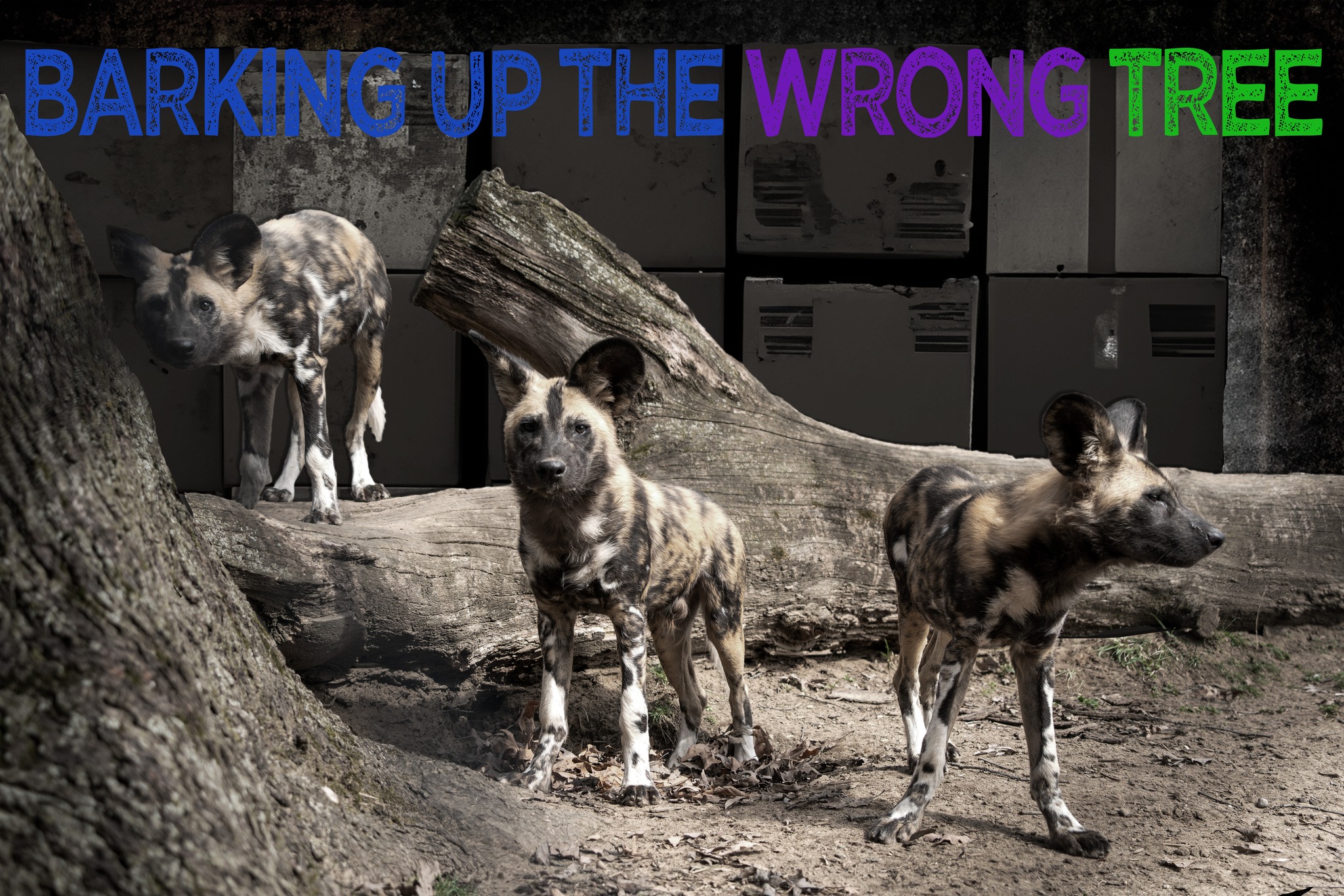– Painted dogs, also known as African wild dogs, and their unique social structure.
– The importance of vocalizations in painted dog communication and social dynamics.
– The challenges of zoo management in simulating natural habitats and behaviors for species like painted dogs.
– Conservation efforts focusing on the survival of painted dogs in their native habitats.
– The impact of popular culture and anthropomorphism on public perception of wildlife and conservation efforts.
Due to their distinctive mottled coat patterns, African wild dogs, colloquially painted dogs, exhibit one of the most complex and cooperative social systems among carnivores. These intelligent, highly social canids are not only the subjects of admiration for their collaboration in hunting and communal care of pups but also serve as a focal point for conversation on species conservation and the ethics of zoo habitats.
Interestingly, painted dogs communicate using an intricate array of vocalizations. While they don’t bark like domestic dogs, their repertoire includes high-pitched yips and sneezes, which are used as a form of voting system, especially in decision-making instances, and growls. These sounds are essential for maintaining pack cohesion and coordinating hunting strategies, indicating their sophisticated and evolved social interactions.
In terms of zoo management, replicating the environment of the painted dog in captivity is a formidable task. Enclosures must be spacious to accommodate their need for exercise and intricate social play. Additionally, the design should incorporate enriching elements that promote natural behavior, such as foraging and problem-solving. Moreover, zoos involved in breeding programs must maintain genetic diversity and educate the public about the plight of these dogs in the wild.
The painted dog is currently listed as endangered, and habitat fragmentation, unintentional snaring, and diseases like canine distemper are major threats to its survival. Conservation programs in the wild focus on protecting its natural habitats and creating wildlife corridors to connect fragmented populations. Anti-poaching efforts, community education, and engagement are vital to prevent human-wildlife conflict and ensure a future for these charismatic canines.
When painted dogs are anthropomorphized or included in playful cultural references such as fictional grunge albums, this can yield a double-edged sword in conservation contexts. It raises awareness and endearment toward the species, making conservation messages more relatable to the public. However, it can also lead to misconceptions about the species’ status and needs. Such references must be coupled with accurate information to foster informed empathy and support for conservation actions.
Within the continuum of wildlife conservation and education, painted dogs stand out due to their unique patterns, intriguing behaviors, and the various communication methods they employ. This has made them a subject of fascination and increasing popularity in a world where society is often disengaged from the true state of nature and its inhabitants. Zoo officials strive to replicate the conditions these animals would face in the wild, which is daunting considering the vast territories these dogs traverse in their natural habitats. Their enclosures must be significant not merely for exercise but also to approximate the environmental stimuli these animals would encounter in the wild.
The jeopardy facing painted dogs in the wild cannot be understated. Populations have dwindled due to exacerbated human-wildlife conflict, habitat fragmentation, and diseases transmitted from domestic animals. The painted dog’s conservation cannot merely be relegated to isolated areas; efforts must be expansive and collaborative, involving cross-border initiatives to ensure genetic flow between groups. Anti-poaching units, community outreach programs, and partnerships with local governments are pivotal components in the conservation framework for these species.
This brings forth an additional challenge: how does one convey the urgency of conservation to the public without causing despair or apathy? Creative approaches, such as whimsically comparing painted pup yips to musical genres, often draw attention. The intent behind such tactics is not merely to entertain but to provide an entry point for broader discussions on wildlife conservation. It reminds the public that each species, like a musical genre, has its own culture, intrinsic value, and its place in the ecological symphony of our planet.
Forging a connection between wildlife and the public necessitates a delicate balance between making animals relatable and preserving their wild essence. Preferably, any anthropomorphic depiction should serve as a segue into deeper engagement with conservation issues, not stand in as the end message. As amusing as the idea of a grunge album by painted dog pups may be, this deeper understanding and respect for the animal will ultimately lead to strong support for their preservation.
Zoological parks can be at the forefront of these educational endeavors. These facilities can act as portals to the wild, offering glimpses into the lives of species like the painted dog. Much like a carefully composed album, they can tell a story that resonates with visitors. Through interactive experiences, educational programs, and demonstrations of the science of conservation, zoos can cultivate a passion for nature that translates into real-world conservation action.
In the end, whether viewed as an icon of cooperative society, a beacon for conservation, or even humorously as would-be rock stars of the natural world, painted dogs continue to capture the hearts and intrigue of those who learn about them. The survival of this species will be secured through the ongoing work of dedicated conservationists, educators, and interested individuals. Fierce as their reputation in the wild might be, the concerted conservation efforts comprise the pack that will protect these painted dogs for generations to come.
*****
Source Description
Not to be outdone, the painted dog pups have a grunge album coming out soon, too! Even though painted dogs don’t technically bark (they yip, sneeze, and growl), other musicians like Muttley Crue and Jon Bone Jovi have welcomed the return to the 90s style. “They’re grunge and grungy,” said Alanis Morissette of the muddy pups. They’re the real deal.”
Happy April Fool’s Day!

